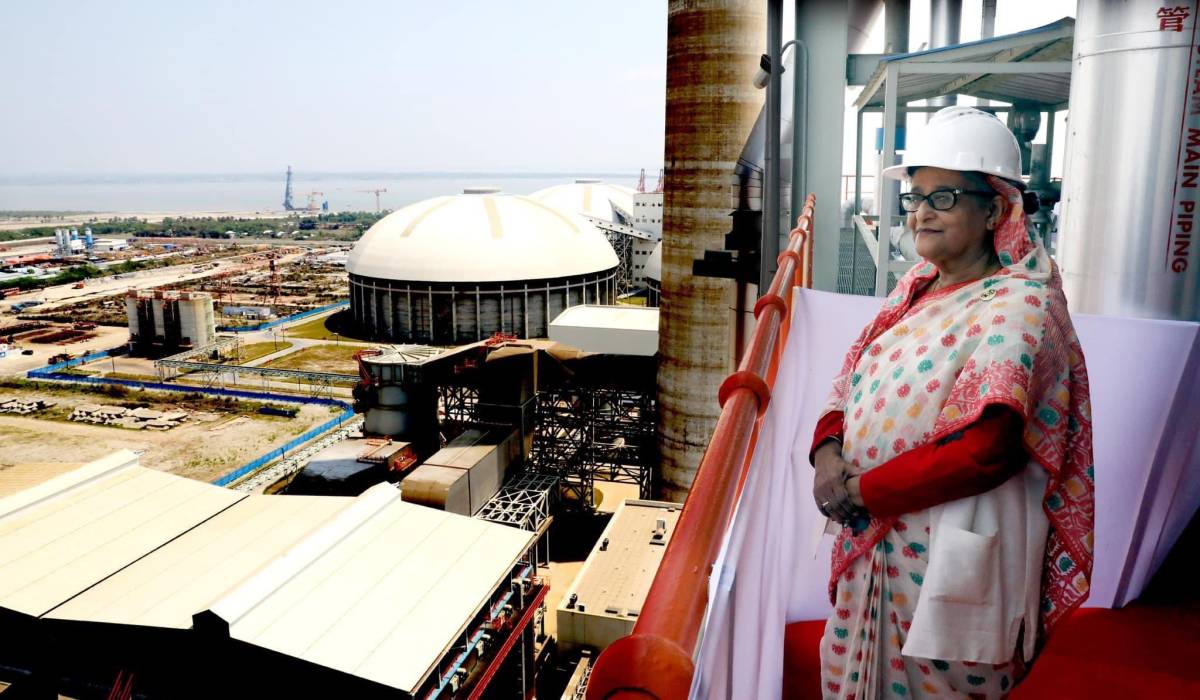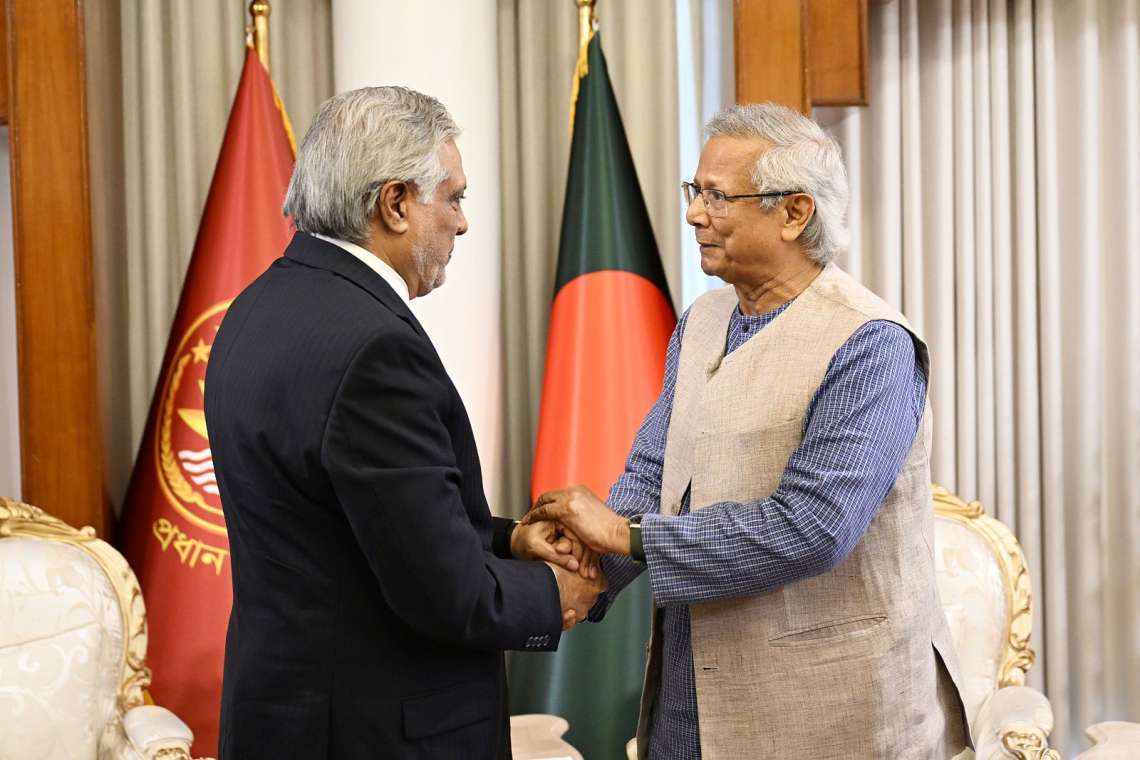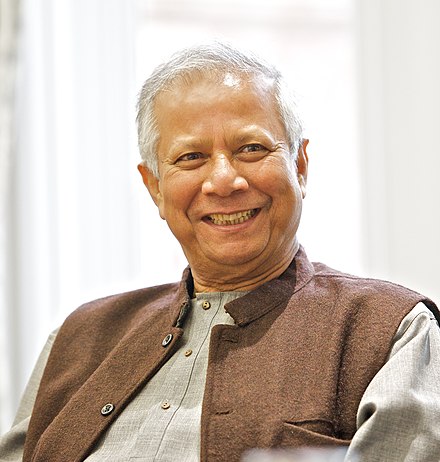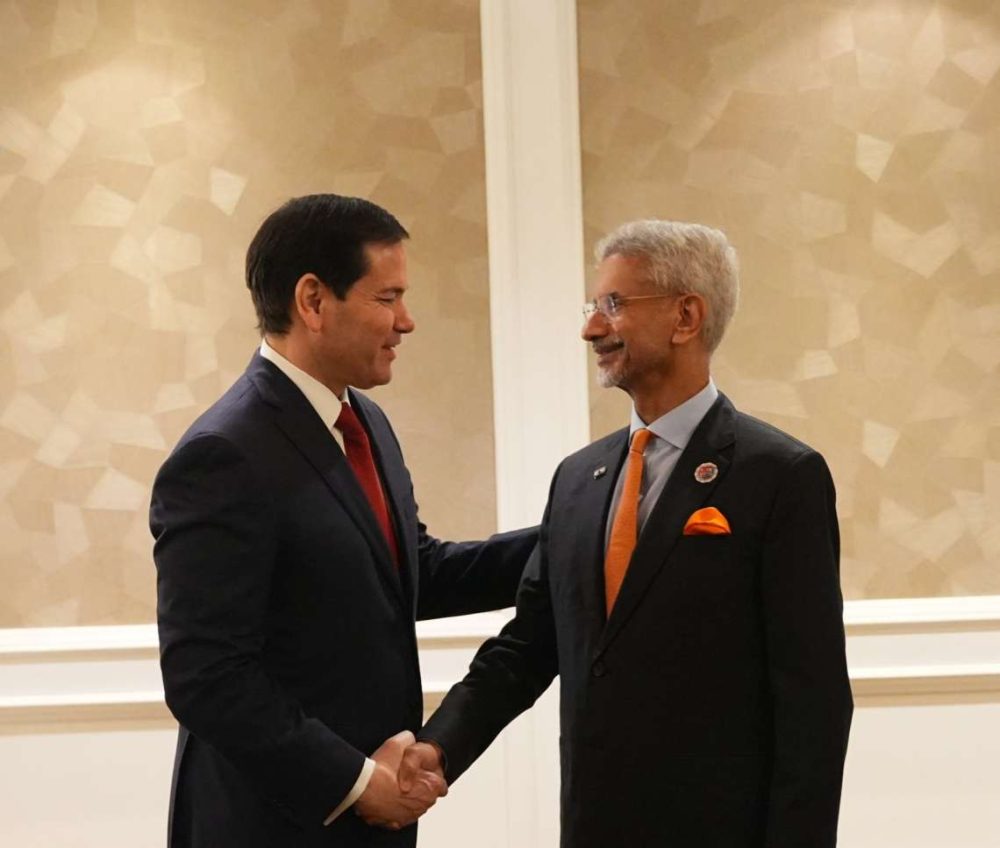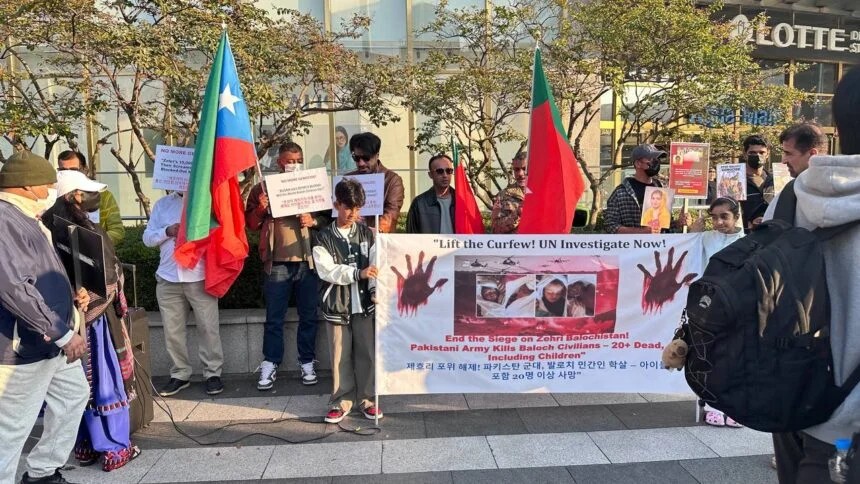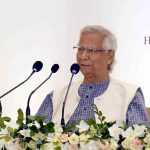While the experts described the 100 per cent coverage as a major milestone for the country, the opposition parties and critics of the government have gone silent….write Sumi Khan
With the recent inauguration of the 1,320 MW ultra-supercritical coal-fired power plant in Patuakhali, Bangladesh, the country has now ensured 100 per cent national coverage of electricity, from a mere 47 per cent in 2009, when Sheikh Hasina took over as the Prime Minister of the country.
Hasina’s decade in power has boosted Bangladesh’s power output to a new high, dwarfing the lack of progress made in this critical sphere during the previous BNP regime.
Former advisor to the interim government of Bangladesh in 2006, M. Tamim, who’s also an energy expert and a professor in the Bangladesh University of Engineering and Technology, said that bringing the whole nation under electricity coverage is a ‘great achievement’.
Between 2001 and 2006, the BNP government led by Khaleda Zia had added a meagre 80 MW to the national power output.
In comparison, the Hasina-led Awami League government has boosted Bangladesh’s installed power generation capacity to 25,514 MW now from 4,942 MW in 2009.
The maximum power production rose to 13,792 MW, up four-fold from 3,268 MW 13 years ago, government statistics revealed.
“The biggest thing is that we have been able to illuminate the houses of all the people. For the last 13 years, the government has been working tirelessly for the overall development of the power sector,” Hasina said recently.
While the experts described the 100 per cent coverage as a major milestone for the country, the opposition parties and critics of the government have gone silent.
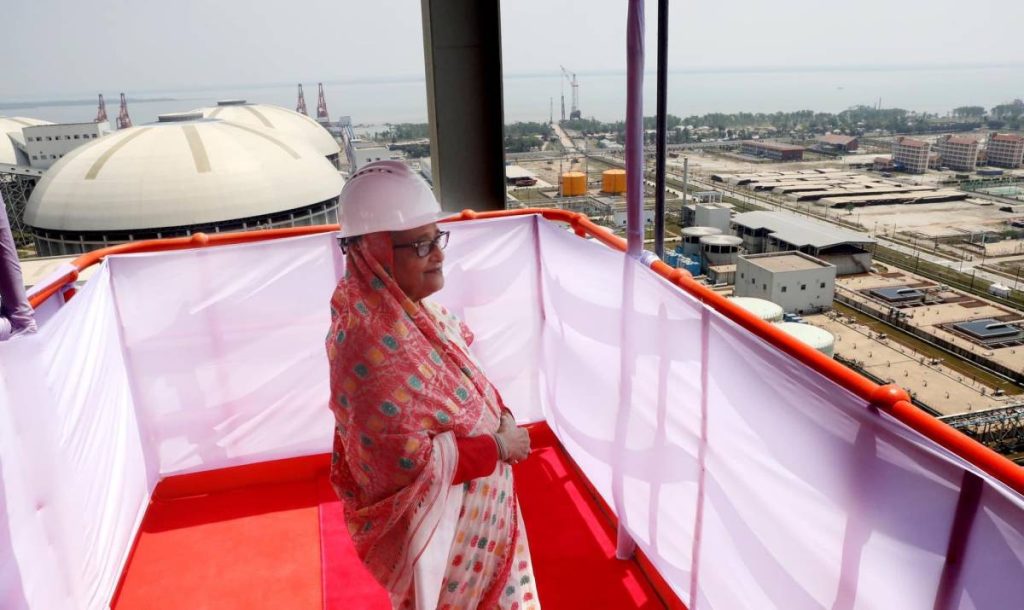
In her first in-person speech since the outbreak of Covid-19 two years ago, Hasina had pointed out that her government has managed to distribute power to every house of remote, hilly and hard-to-reach areas by setting up solar panels and through submersible cables.
The newly-operational 1,320 MW plant has placed Bangladesh ahead of India and Pakistan in electricity coverage. India has brought 98 per cent and Pakistan 74 per cent of their respective populations under the electricity network, according to World Bank data.
ALSO READ: Hasina announces long-term plans for future of children
Installed power generation capacity rocketed to 25,514 MW from 4,942 MW in 2009 in Bangladesh, while the maximum power production rose to 13,792 MW, up four-fold from 3,268 MW 13 years ago.
Of them, 1,160 MW electricity is being imported and 19,626 MW is locally generated, according to data from the Bangladesh Power Development Board (BPDB).
Per capita power generation more than doubled to 560 KW-hour from 220 KWh between 2009 and 2021.
Ten years back, the experts said, such an achievement was unthinkable.
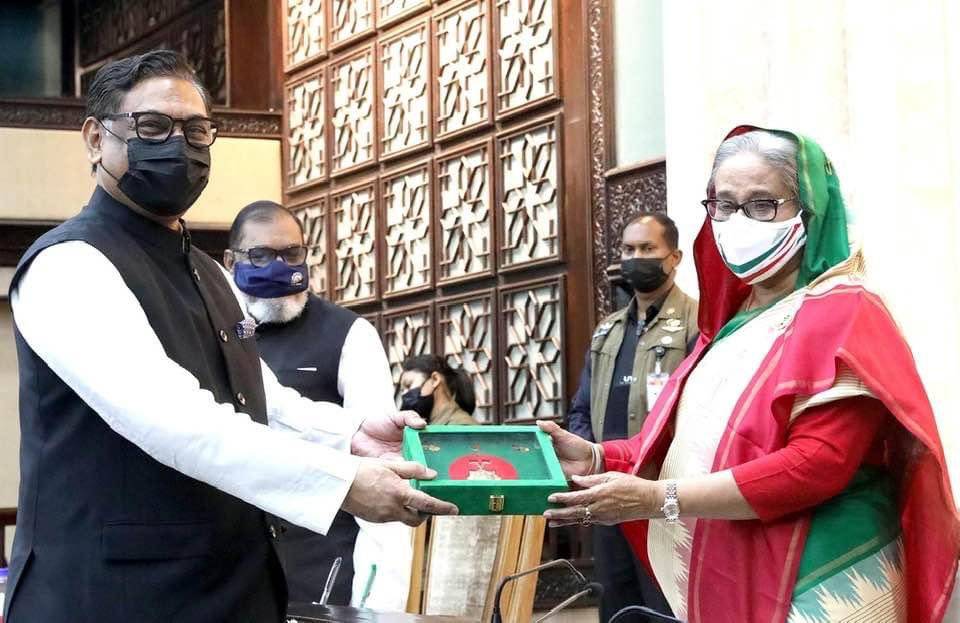
BNP leader Tarique Zia, the son of fromer PM Khaleda Zia, had told TV channels that citizens would be wrong to expect power in residential areas and shopping malls at the same time. The interview, still available on internet, was seen as an attempt to cover up the BNP’s failure to augment power generation, for which the country, especially its textile industry, was suffering lack of growth.
“My own office is hit by power outages every day for five to six hours — for a country like Bangladesh it is completely unrealistic and even a luxury on part of the countrymen to expect power supply both at home and in shopping malls at the same time. Any plan to bring in the entire population under electricity coverage is nothing but an illusion for any party in the country to dream, announce and achieve,” — was how Tarique Zia had summed the power situation during his Khaleda Zia’s tenure.
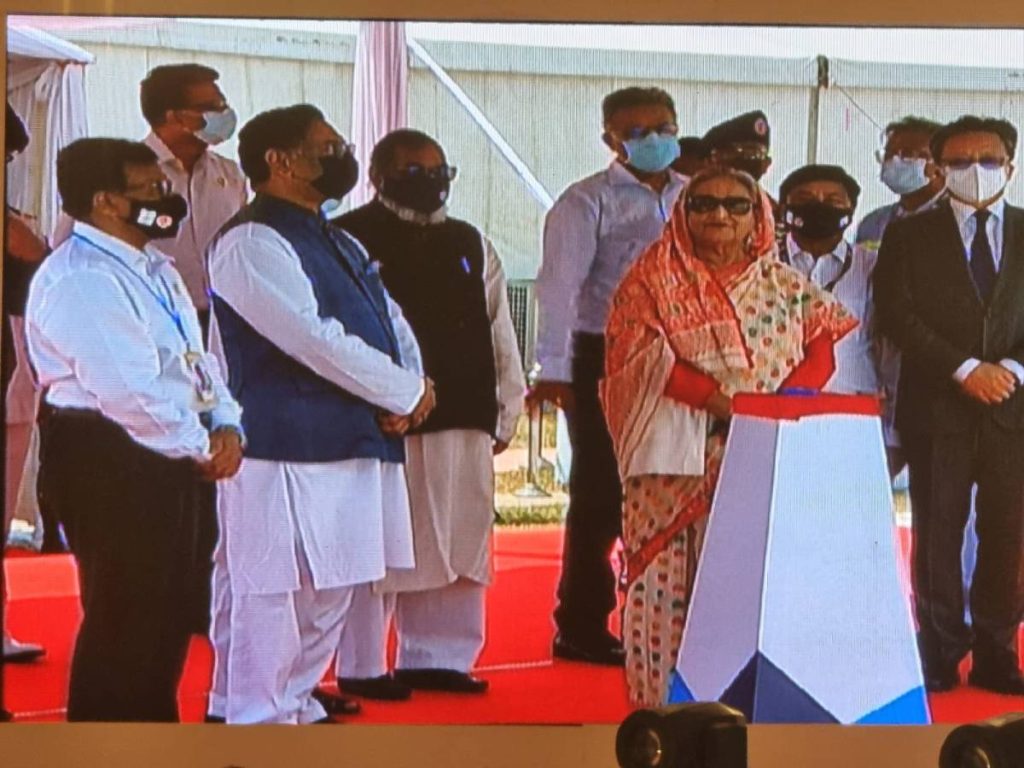
“Industries were particularly hard put to meet export orders on time but that has now changed,” said garments factory owner Mohammed Zakir.
Khondaker Golam Moazzem, research director at the Centre for Policy Dialogue, said: “It is a major achievement of the government. The government had set a target to bring the entire population under electricity coverage. It has worked in the last one decade to attain the goal.”
The experts also attributed this landmark success in the power sector to a key driving force on taking the economy to a new height.
“The economic success is not only seen in cities — it is also visible in the rural areas,” said Moazzem.
“Now we need to work tirelessly to ensure uninterrupted power supply at affordable cost for the people,” said Nasrul Hamid Bipu, Minister for Power Energy and Mineral Resources.


